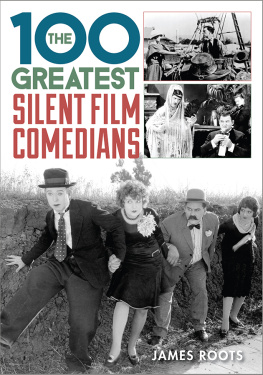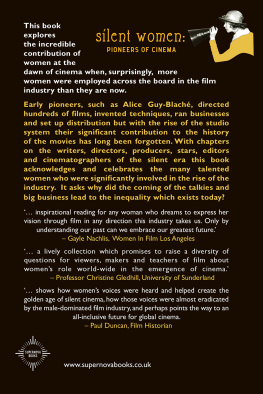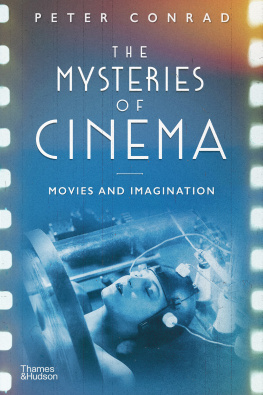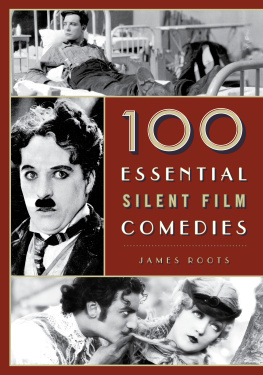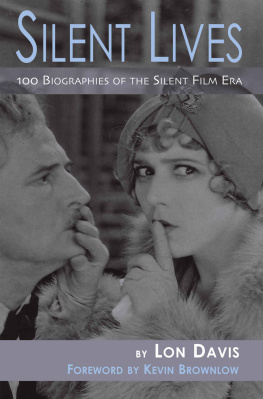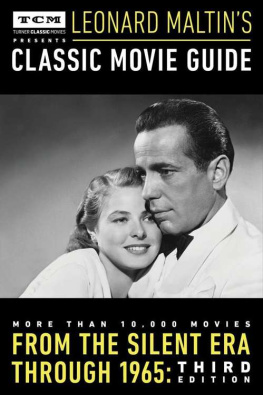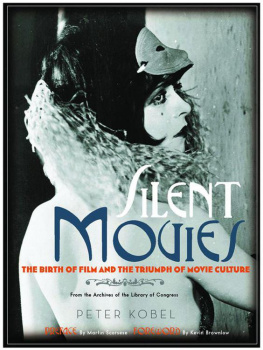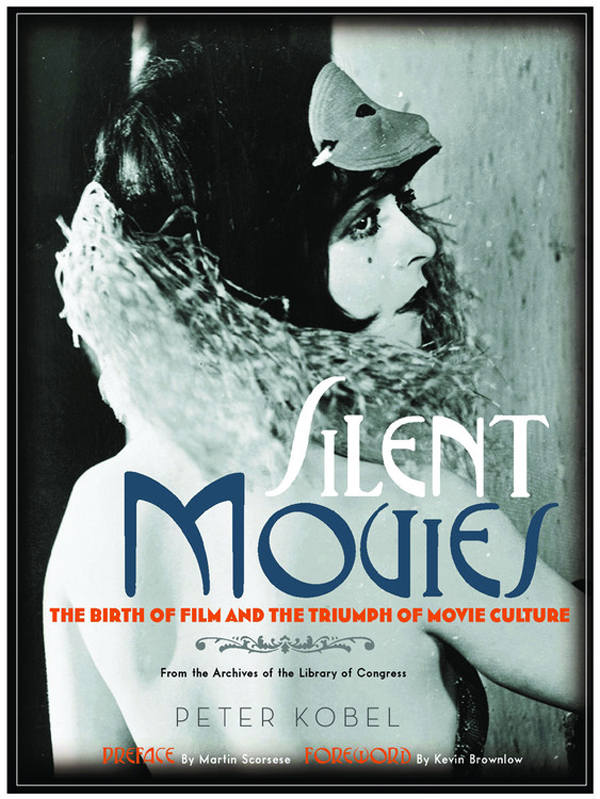In accordance with the U.S. Copyright Act of 1976, the scanning, uploading, and electronic sharing of any part of this book without the permission of the publisher constitute unlawful piracy and theft of the authors intellectual property. If you would like to use material from the book (other than for review purposes), prior written permission must be obtained by contacting the publisher at permissions@hbgusa.com. Thank you for your support of the authors rights.
Copyright 2007 by Peter Kobel and The Library of Congress
All rights reserved. In accordance with the U.S. Copyright Act of 1976, the scanning, uploading, and electronic sharing of any part of this book without the permission of the publisher constitute unlawful piracy and theft of the authors intellectual property. If you would like to use material from the book (other than for review purposes), prior written permission must be obtained by contacting the publisher at permissions@hbgusa.com. Thank you for your support of the authors rights.
Little, Brown and Company
Hachette Book Group
237 Park Avenue, New York, NY 10017
www.hachettebookgroup.com
www.twitter.com/littlebrown
First e-book edition: November 2007
Little, Brown and Company is a division of Hachette Book Group, Inc. The Little, Brown name and logo are trademarks of Hachette Book Group, Inc.

The publisher is not responsible for websites (or their content) that are not owned by the publisher.
The Hachette Speakers Bureau provides a wide range of authors for speaking events. To find out more, go to www.hachettespeakersbureau.com or call (866) 376-6591.
ISBN 978-0-316-06959-5
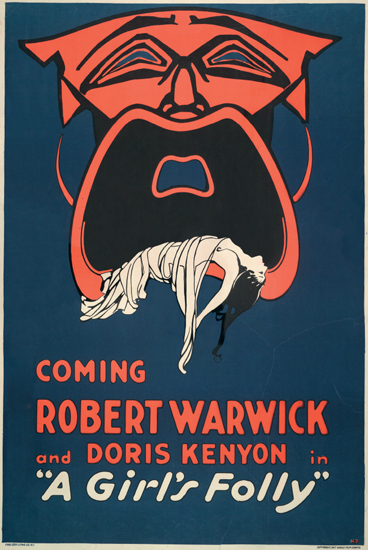
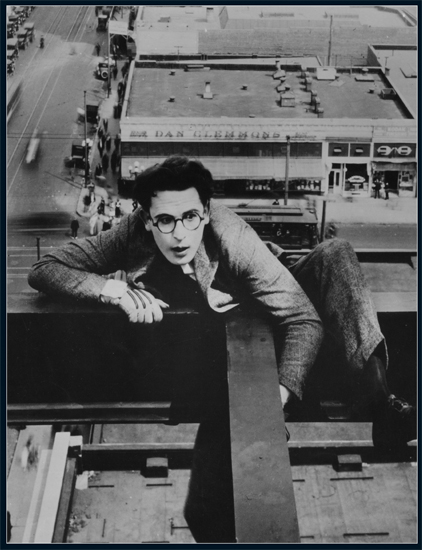

Beau Geste, starring Ronald Colman (1926).
To David W. Packard, in recognition of his support of film preservation at the Library of Congress

Martin Scorsese
The cinema is now more than 110 years old, and everyone is more or less in agreement about its value as an art form. Or so it would seem.
I am still shocked by the fact that 90 percent of the films made during the silent era have disintegrated. That means movies starring Greta Garbo, Clara Bow, and Conrad Veidt, and directed by King Vidor and F. W. Murnauthose films and countless others are now lost to us forever, and there are many others in danger of being lost. We cant afford to lose any more. When I look at a picture like Beyond the Rocks, the recently unearthed Valentino-Swanson film directed by Sam Wood, I marvel at the sheer beauty and sophistication of silent cinema. Yet, locating old and rare prints and transferring them to safety stock is not the only task of preservationists. More recent works are also in danger, victims of decomposing film stock, color fading, and other forms of deterioration.
We are constantly reminded of the glory of movies, the beauty of movies, and yet we continue to allow them to disintegrate; for every carefully preserved title, there is another that has been rescued from oblivion at the very last minute, ten more that are in danger of disappearing, and twenty more that are already gone. We have made progress, of course. There are many dedicated preservationists out there who have devoted their lives to the cinemas restoration and maintenance; to me, they are heroes. Moreover, we now have what I would call a film preservation consciousness. But there is still a widespread assumption that movies will just take care of themselves, and nothing could be further from the truth.
As I was reading Silent Movies, I was overwhelmed once again by the wonder of cinema, and by the urgent need to preserve it on a systematic basis. I became a sort of time traveler through the lost and forgotten titles of the silent film era. After wandering through these pages of precious images, you may begin to wonder why the passion for film preservation has not grown. Drawing on the extraordinary collection of the Library of Congress, one of the greatest repositories for silent film and memorabilia, Silent Movies serves as an introduction to the early days of the film industry, both in the United States and internationally. The lobby cards, stills, and other imagessome of them drawn from the Librarys collection of paper prints and early titlesprovide some of the few existing records of the earliest American films.
Many of the films featured in Silent Movies are part of the National Film Registry and provide a sampling of our rich and varied movie history. Saving these and other landmark pictures benefits everyonethe public at large, and the memory of their creators. Ongoing preservation of movies is really a tribute to all of us, for the artsall the artsare as necessary to us and to our well-being as the food we eat and the air we breathe.
Kevin Brownlow
It used to be the fashion to regard all progress as benevolent and to pity the inhabitants of the past who were denied it. Today we look back nostalgically to a world without pollution and express admiration for old-fashioned craftsmanship. What we would really like, of course, is all of todays advantages and all of yesterdays as well.
As far as silent films are concerned, few would give up wide screens, color, and Dolby sound for the fitful pleasures of the nickelodeon. But thanks to new technology, more and more silents are appearing on DVD, and in the best of them a new generation is discovering a surprising degree of skill, imagination, and sometimes genius. Turner Classic Movies in the United States and Arte in Europe show silents on television. Festivals devoted to silent films are held regularly in Europe and the United States.
When these festivals started, rare prints used to come out of the archives without intertitles, with reels in the wrong order, and with appalling image quality. One wondered what such organizations had been doing all these years. The worst were the so-called paper prints, primitive films so badly printed on 16mm that they suggested a shocking degree of incompetence on the part of the early filmmakers. Had they managed to capture only the sort of jiggling, blurred picture you get with a defective television? Of course not, but who would have believed the original image quality had been first rate and that it was only the copying that had been incompetent? (Ironically, the man responsible received an Oscar for his pains.)
The Library of Congress is gradually recopying these precious early films on 35mm, as had been tentatively done originally. The difference is amazing. Yet far too many silent films still survive in prints that make nonsense of the work the original technicians put into them. They took immense care with the photographic quality in the silent days because it was all they had. A silent film depended on its visuals; as soon as you degrade those, you lose elements that go far beyond the image on the surface. You remove the possibility of enjoyment. A film that seems dull in a poor dupe can leap to life in a first-class print.


